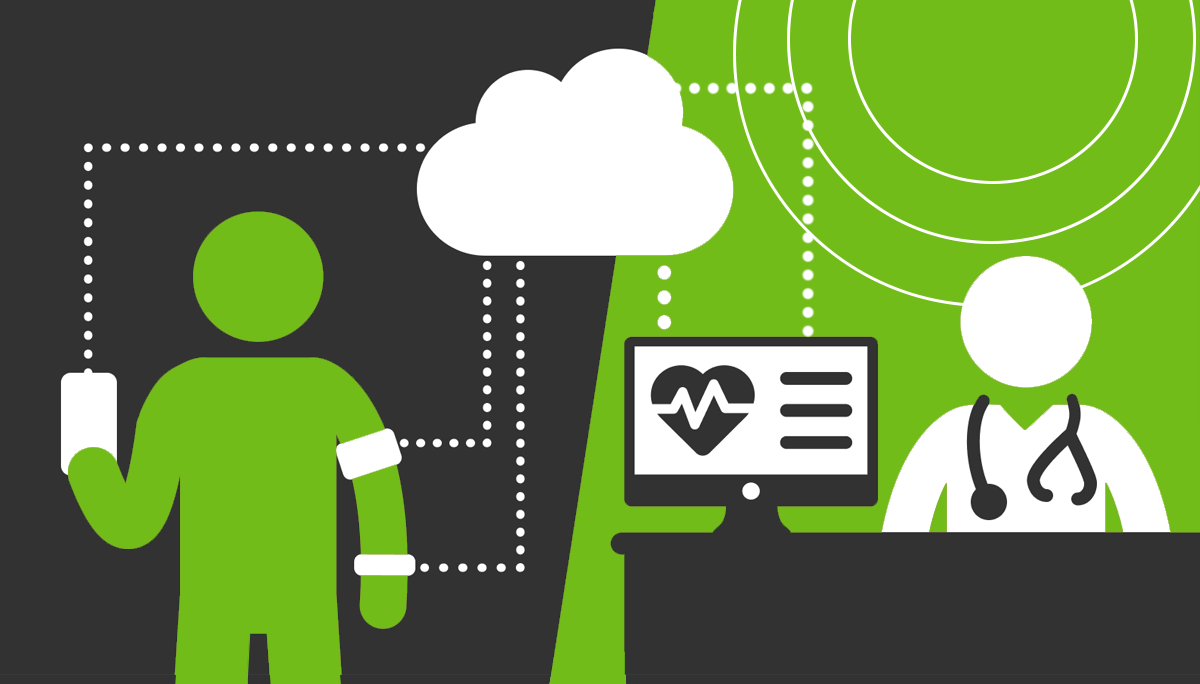

Is Health Care on the Threshold of a Remote Patient-Monitoring Boom?

For all the benefits that wearable wellness devices offer, several major hurdles remain for consumers and their doctors to optimize the value of this information.
Generally, physicians are only able to gather these health metrics when patients are physically in their offices. In addition, most providers initially had no way to collect and sort through patient information from wearable devices and no way to bill for the service.
While health monitoring remains an emerging field, Brian W. Anthony, director of MIT’s master of engineering in manufacturing program and co-director of MIT’s Medical Electronic Device Realization Center, recently outlined in MedCity News key ways that remote patient monitoring could improve health care.
Real-Life Data
Metrics obtained in a clinical setting are useful but provide a limited view of the patient. It may skew the interpretation of and the state of the patient’s health, Anthony notes. Remote monitoring provides clinicians with benchmarking data that give a baseline of data in the context of daily living.
Biometrics Tracking
Although not as evolved as wearables, ambient home sensors that can be embedded in floors and ceilings can help older patients age in their homes instead of moving to assisted-living facilities. Ambient radar sensors can track heart and respiration rates without requiring a person to remember to wear a health tracker. Floor-embedded accelerometers, meanwhile, and sensors that use cameras can track clinically relevant biomarkers associated with gait and walking to indicate whether a patient is limping or stepping more forcefully with one foot more than the other.
Tackling Health Equity
Anthony believes wearable and ambient digital health technologies could have a big impact on patient populations who historically have faced challenges accessing high-quality care due to socio-economic, geographic or other reasons. If health tracking can be made affordable and accessible, health care organizations may be able to tackle inequalities that have long impacted the field. It also could reduce strain on emergency departments as more of these underserved populations are able to identify health problems earlier.



